"A supermoon is created by three lunar phenomena occurring simultaneously; the nickname 'blue moon' comes from the fact that it's the second full moon in August," according to Live Science.
"This is a rare phenomenon; the next blue moon is not expected until 2037," according to NASA.
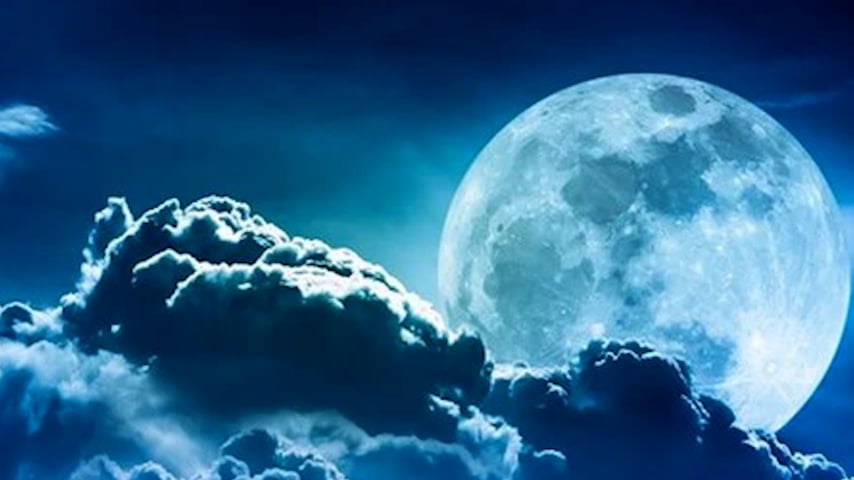
Illustrative image.
This supermoon belongs to the first of two types of blue moons – marking two full moons occurring in the same month and resulting from a 29.5-day cycle of full moons. The sturgeon moon occurred at the beginning of August, and tomorrow's blue moon only appears once every 2-3 years. The next one will be on May 31, 2026.
The second type is called a seasonal blue moon, which refers to the third of four full moons in an astronomical season. This occurs when a calendar year has 13 full moons instead of the usual 12. The next seasonal blue moon is expected on August 19, 2024.
"The nickname 'Blue Moon' is linked to an event in 1883. On the day of the supermoon, a deadly volcanic eruption on Krakatau Island (Indonesia) killed 36,000 people. Sulfur dioxide and ash filled the atmosphere, making the moon appear blue because the smoke particles from the volcano blocked red light but not other colors." (According to Business Insider magazine.)
When this phenomenon occurs, the full moon will appear slightly larger and about 15% brighter than usual. Observing this event is exactly the same as observing a normal full moon, meaning you just need clear skies to see the moon. Observers do not need to prepare any eye protection.
Source



















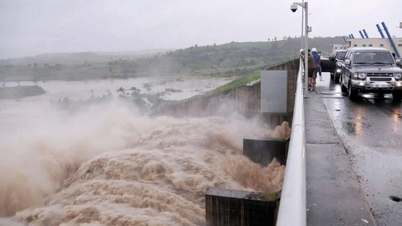








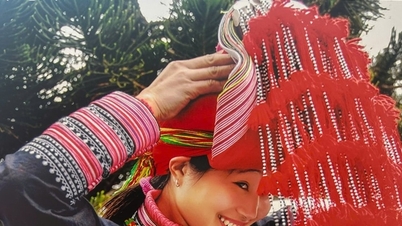

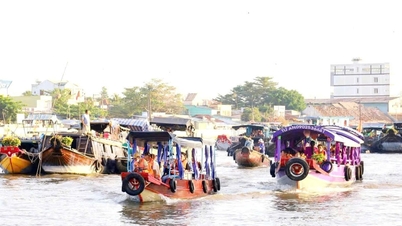


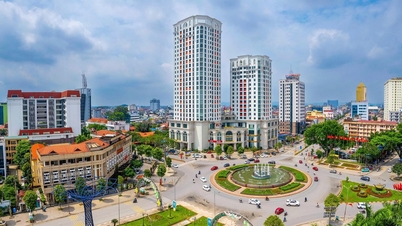







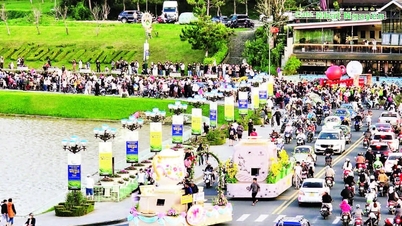




















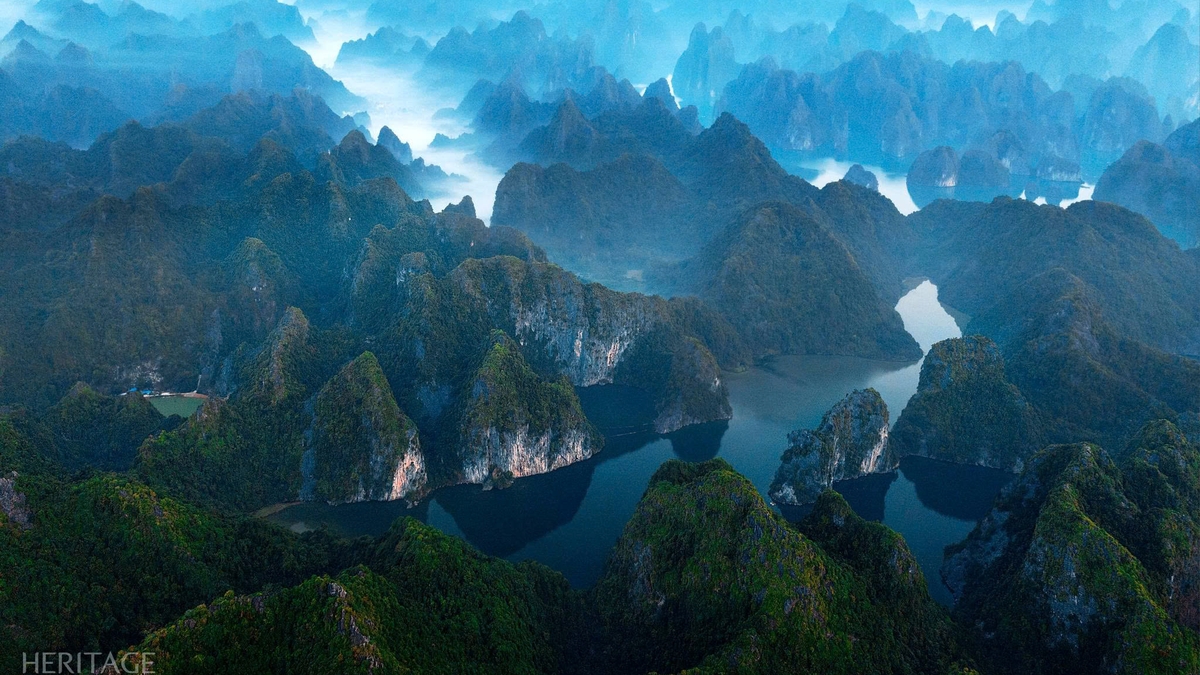
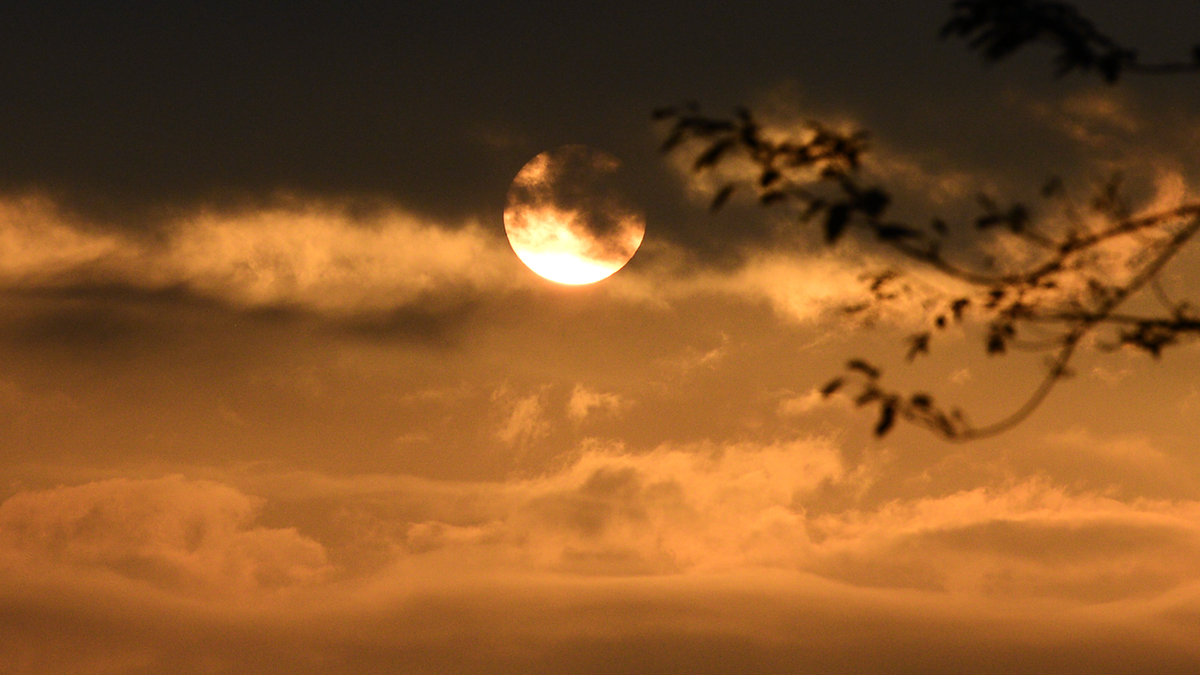




















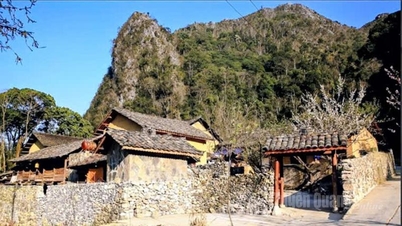























Comment (0)